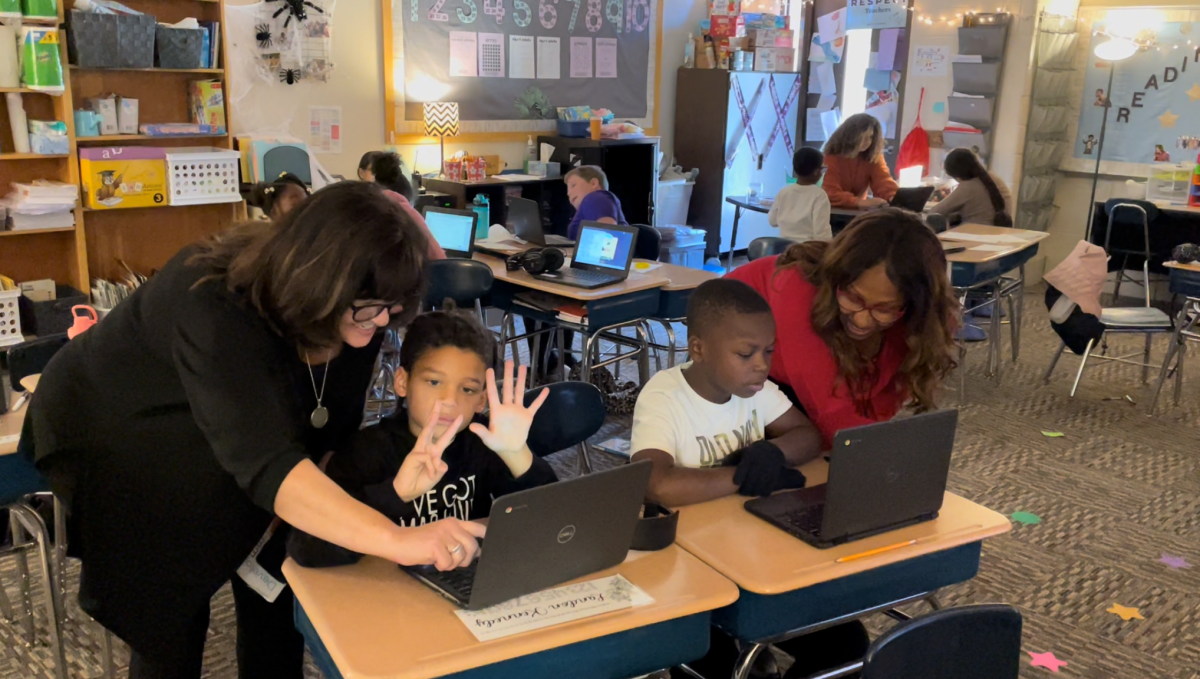Effectively Coaching Principals Series: Building Trust
October 19, 2022

NIET is releasing a three-part series “Effectively Coaching Principals”
In this 3-part blog series on effective strategies for coaching principals, Natalie Szakacs discusses her reflections on coaching a cohort of principals in Knox County, TN. In this post, Natalie discusses how to build trust with principals, deepen their vision for student learning, and take stock of the improvement strategies they’re already using.
Building Trust
By Natalie Szakacs, Executive Senior Specialist, NIET
As a coach, I sometimes find that principals are hesitant about accepting a coaching partner, potentially because many are unsure how it works in their current role. They often see their role as providing support for teachers; not thinking about how they themselves are growing professionally. Or, because principals have every minute consumed already, they cannot imagine where the time would come from. So, from the outset, my goal is to introduce the possibilities, and build trust with principals so they can personally identify “why” the partnership would strengthen their leadership.
Start by Listening and Questioning
To build trust with principals, it is important to listen to what they have to say. Listening provides the chance to gather a clear understanding of the current levels of instructional performance and student academic achievement. This is the start in building the partnership. It gives the principal the opportunity to share or identify the vision, strengths and successes in their school. The principal gains trust when you reflect and avoid the urge to share answers. With trust as the foundation, the partnership is primed for the future coaching to have an impact.
Honor Principals’ Expertise and Set Expectations
Others are honored when asked for their ideas and when new ideas are introduced as options instead of the solution. One of the biggest mistakes is prescribing preconceived answers or a canned package of solutions for what you think the principal should do. Resisting this urge allows the leader the time to think and compare their thoughts to the new ideas. This strategy communicates that you trust their judgment. Many principals already have an extensive history of people who have given them answers or solutions. If those answers haven’t led to success, giving more answers risks having the principal retreat from the partnership. Be willing to share details and evidence to show the results of different approaches, and let the leader make the decision to move forward; honoring their professional expertise and deep knowledge of their own school and student needs.
Connect Goals to Student Learning
Principals are encouraged to set ambitious goals and spend hours determining those goals. In our conversations, we work to better understand their goals by asking: “What would student learning look and sound like if these goals are achieved?” If we start chasing after a goal without reflecting on how it will change student learning, and how the learning will be measured along the way, we really won’t know the full extent of what teachers and students need to do to make this happen. Answering this question helps a principal to more clearly articulate how student success will be defined.
Discussing a principal’s desires and expectations for our coaching partnership, and developing a shared idea of what student success looks like, we are able to have productive conversations about how our partnership will support their efforts to achieve their goals. Conversations with principals about what success looks like deepens the trust-building process by placing their goals at the center of our relationship and give us a clear direction for the coaching support. And, it keeps student learning at the center of all coaching conversations.